Previous Day - Next Day

“To explain all nature is too difficult a task for any one man or even for any one age. 'Tis much better to do a little with certainty, and leave the rest for others that come after you, than to explain all things.”
~ Isaac Newton
Wikiquote (Isaac Newton (January 4, 1643 – March 31, 1727 / Old Style: December 25, 1642 – March 20, 1727) an English physicist, mathematician, astronomer, alchemist, inventor, theologian and natural philosopher. He is often regarded as the most influential scientist in history and is most famous for discovering the Laws of Gravity.)
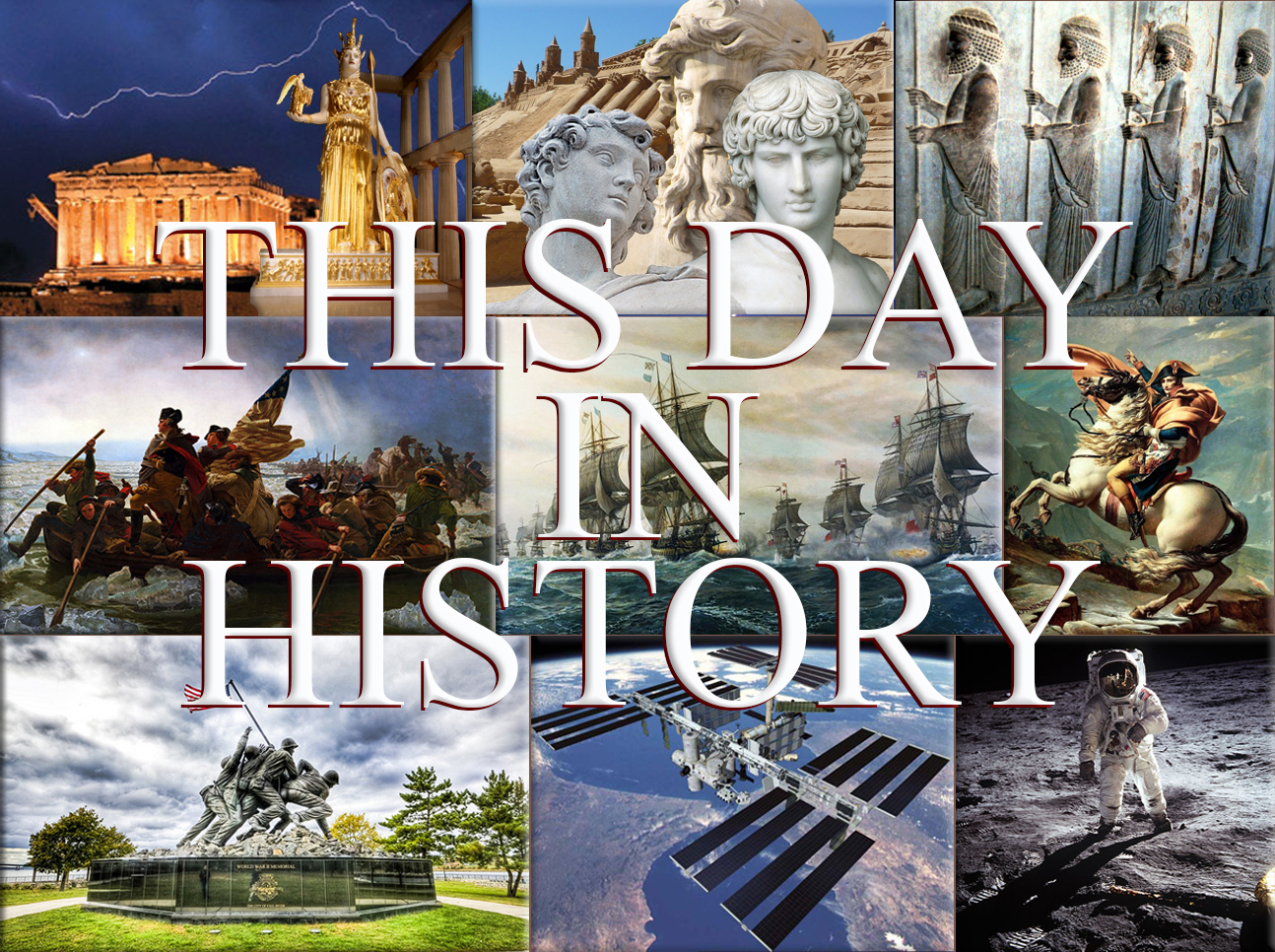
February 6th, 1649

English Civil War:
1649 - The claimant King Charles II of England and Scotland is declared King of Great Britain, by the Parliament of Scotland. This move was not followed by the Parliament of England nor Parliament of Parliament of Ireland.
1685 - James II of England and VII of Scotland becomes King upon the death of his brother Charles II.
Wikipedia Painting: English Civil War (1642–1651) was a series of armed conflicts and political machinations between Parliamentarians (Roundheads) and Royalists (Cavaliers);
John Milton publishes Areopagitica;
Battle of Naseby, victory of the Parliamentarian New Model Army;
Battle of Marston Moor, 1644;
"Cromwell at Dunbar", by Andrew Carrick Gow; Oliver Cromwell; King Charles I, painted by Van Dyck;
"And when did you last see your father?" by William Frederick Yeames.
February 6th, 1778
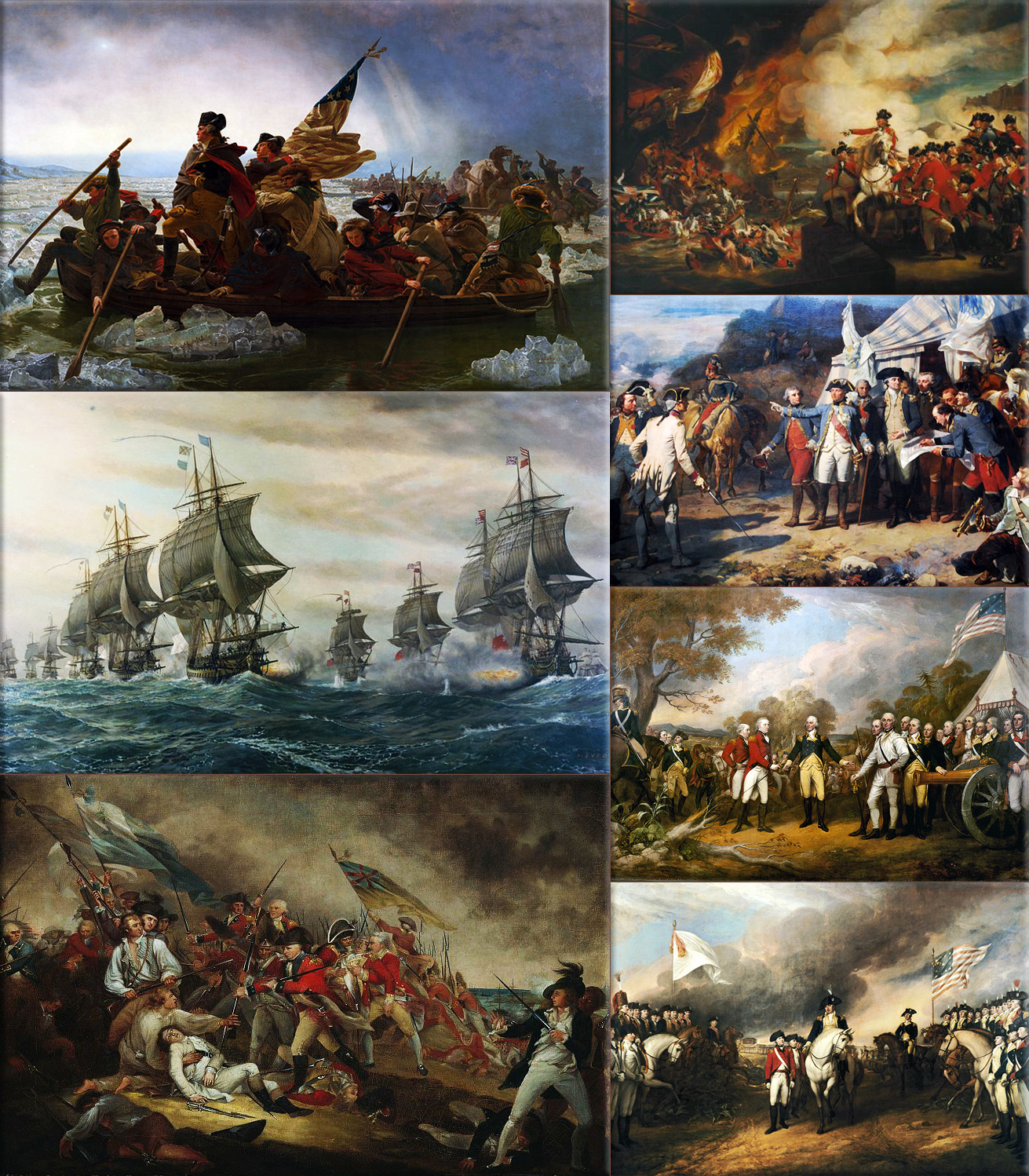
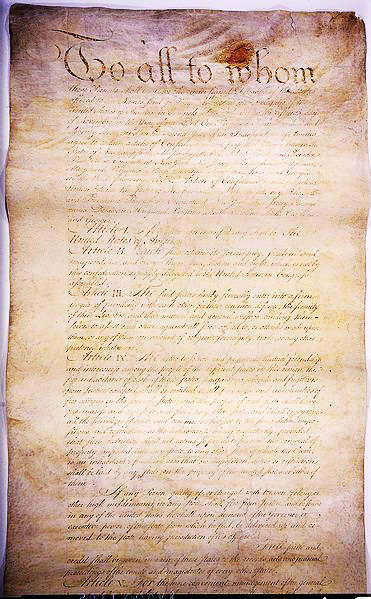
American Revolutionary War:
1778 - In Paris the Treaty of Alliance and the Treaty of Amity and Commerce are signed by the United States and France signaling official recognition of the new republic.
Wikipedia Paintings: Washington Crossing the Delaware, by Emanuel Leutz; Battle of the Chesapeake, French (left) and British (right) lines; Battle of Bunker Hill, The Death of General Warren at the Battle of Bunker Hill by John Trumbull; The Defeat of the Floating Batteries at Gibraltar, September 13, 1782, by John Singleton Copley; Washington and the Comte de Rochambeau at Yorktown, 1781; "The surrender at Saratoga" shows General Daniel Morgan in front of a French de Vallière 4-pounder; Surrender of Cornwallis at Yorktown by (John Trumbull, 1797).
Image: Articles of Confederation, formally the Articles of Confederation and Perpetual Union, was an agreement among the 13 founding states that established the United States of America as a confederation of sovereign states and served as its first constitution.
February 6th, 1788
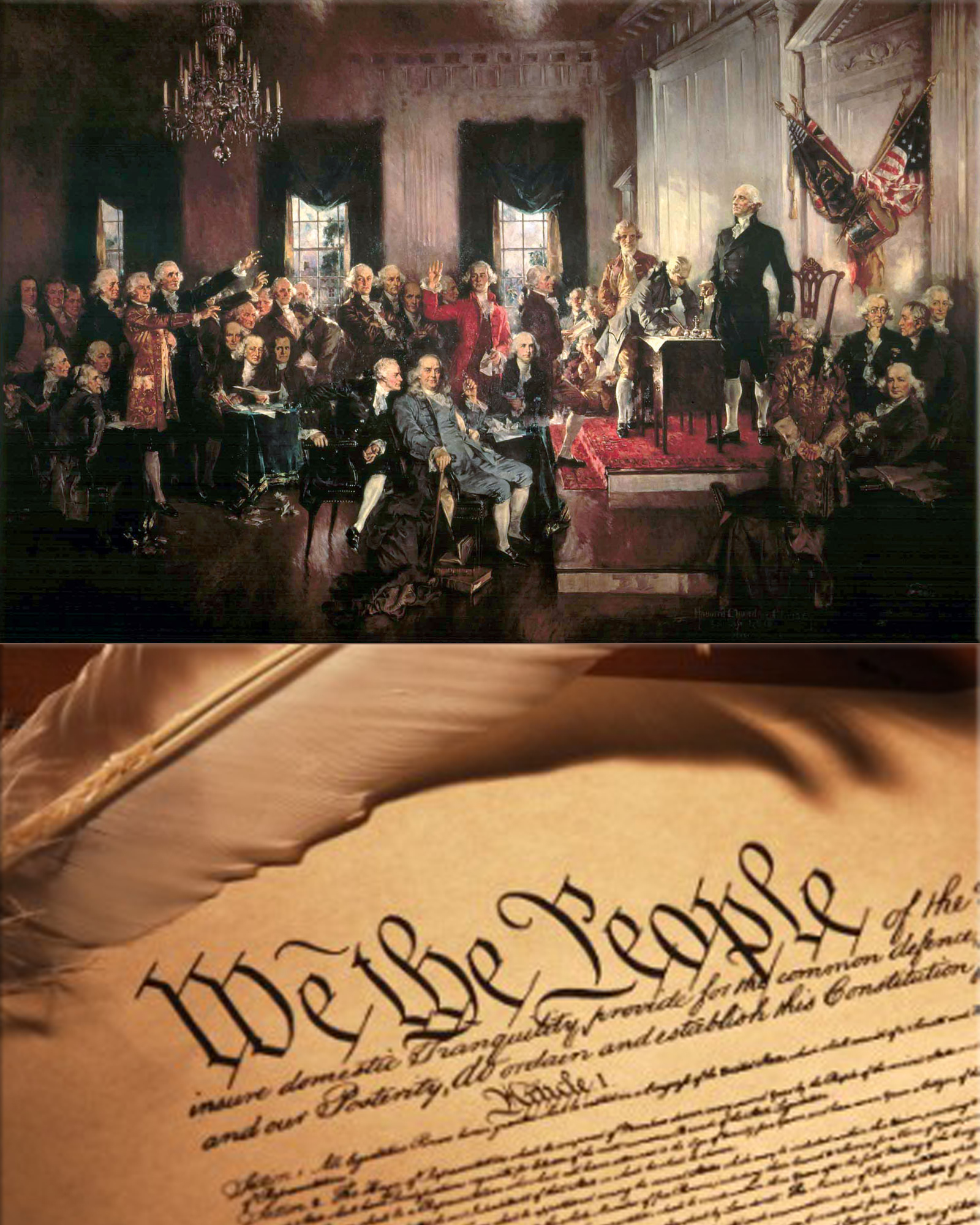
Massachusetts becomes the sixth state to ratify the United States Constitution.
Wikipedia Painting: Scene at the Signing of the Constitution of the United States, by Howard Chandler Christy
February 6th, 1806

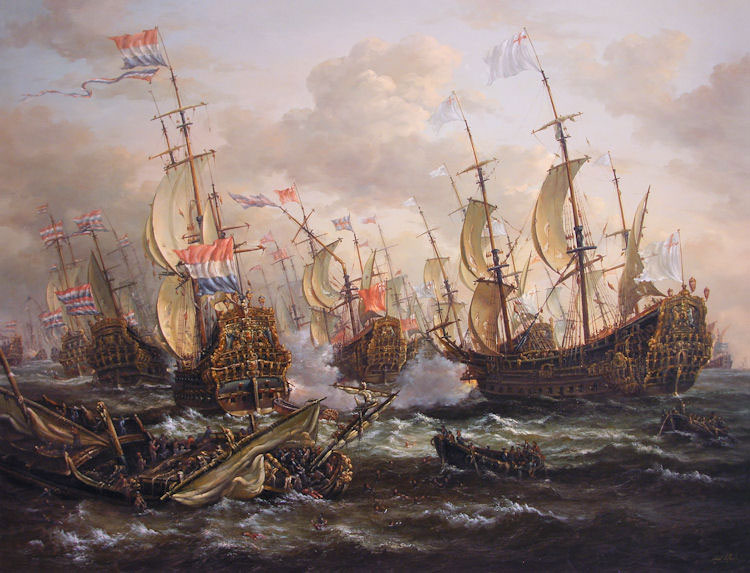
French Revolutionary Wars / Napoleonic Wars:
1806 - Battle of San Domingo; British naval victory against the French in the Caribbean.
Wikipedia Painting: Battle of Trafalgar: The British HMS Sandwich fires to the French flagship Bucentaure (completely dismasted) in the battle of Trafalgar;
Napoleon in Berlin (Meynier). After defeating Prussian forces at Jena, the French Army entered Berlin on 27 October 1806;
Battle of the Bridge of Arcole Napoleon Bonaparte leading his troops over the bridge of Arcole, by Horace Vernet;
Napoleon as King of Italy (Appiani);
Napoleon Crossing the Alps (David). In 1800 Bonaparte took the French Army across the Alps, eventually defeating the Austrians at Marengo;
Charge of the Russian Imperial Guard cavalry against French cuirassiers at the Battle of Friedland, 14 June 1807;
Battle of Borodino as depicted by Louis Lejeune. The battle was the largest and bloodiest single-day action of the Napoleonic Wars;
Napoleon's withdrawal from Russia, a painting by Adolph Northen;
Wellington at Waterloo by Robert Alexander Hillingford;
Napoleon is often represented in his green colonel uniform of the Chasseur à Cheval, with a large bicorne and a hand-in-waistcoat gesture.
Battle of the Nile (Battle of Aboukir Bay).
February 6th, 1815

The first New Jersey grants the first American railroad charter to John Stevens (inventor).
Wikipedia Photo: Early Railway Train Signals and Communication
February 6th, 1819
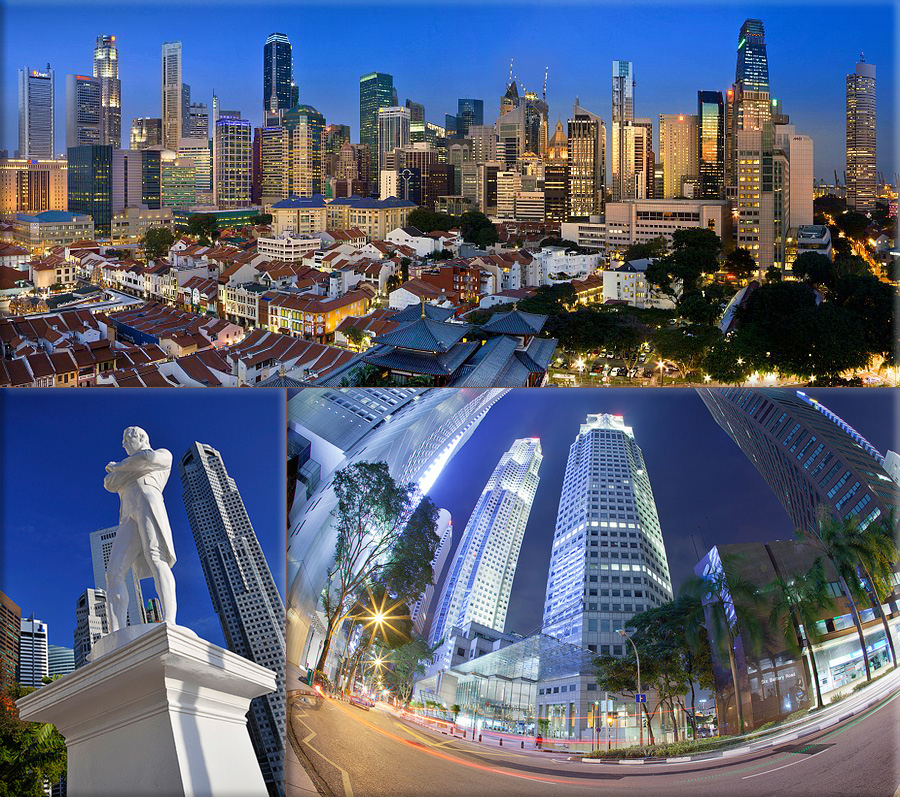
Sir Thomas Stamford Raffles founds Singapore.
Wikipedia Image: Singapore (officially the Republic of Singapore - an island country made up of 63 islands); is a southeast Asian city-state off the southern tip of the Malay Peninsula, 137 kilometres (85 mi) north of the equator.
February 6th, 1820

The first 86 African American immigrants sponsored by the American Colonization Society started a settlement in present-day Liberia.
Wikipedia Image: Liberia; Liberian sunset ● Map, Liberia is a country in western African on the Atlantic Ocean ● Liberia was established by citizens of the United States as a colony for former African-American slaves. Mask from the Dan tribe, Liberia, African.
February 6th, 1840
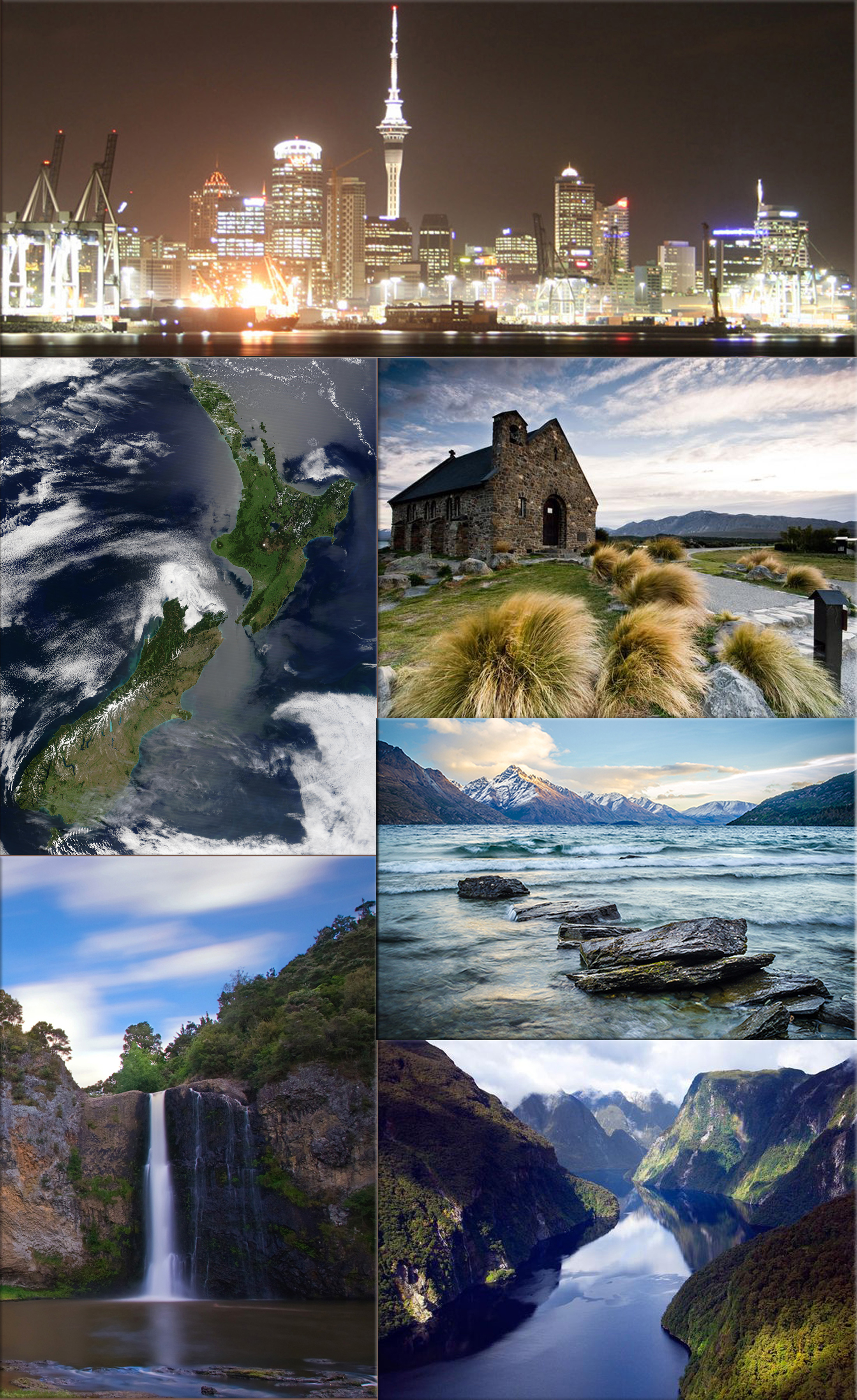
Signing of the Treaty of Waitangi, establishing New Zealand as a British colony.
Wikipedia Photo: Auckland in the North Island of New Zealand ● Satellite image of New Zealand ● The Church of the Good Shepherd stands on the shore of New Zealand's Lake Tekapo, credit Thomas Young, National Geographics ● Lake Wakatipu - Rocks in Lake Wakatipu, Queenstown, New Zealand, credit Ian Rushton, National Geographics ● Fiordland National Park, credit Brian J. Skerry, National Geographics ● Hunua Falls New Zealand.
February 6th, 1862
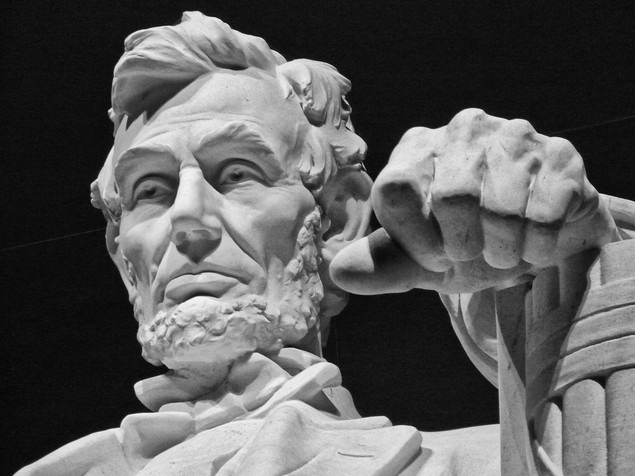
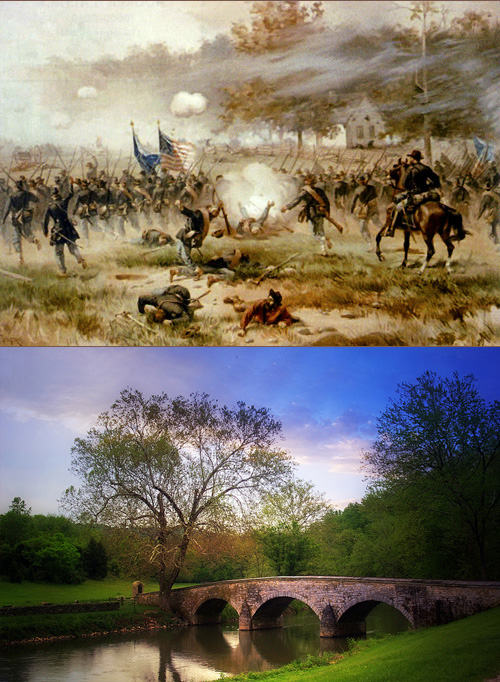
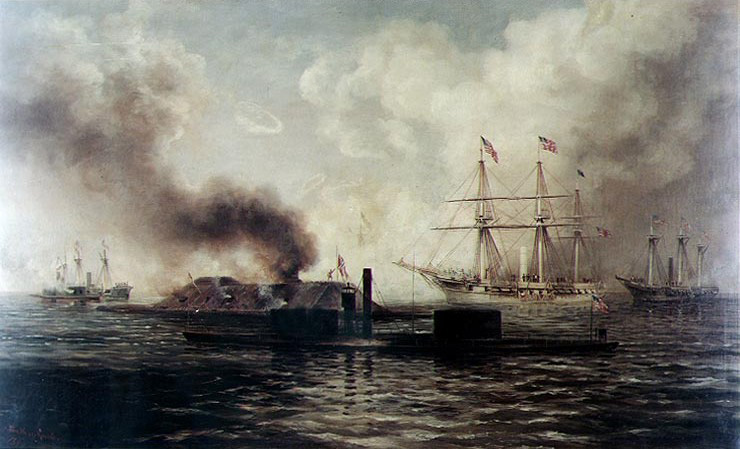
American Civil War:
1862 - Battle of Fort Henry: The U.S. Navy gives the Union its first victory of the war, capturing Fort Henry, Tennessee.
Wikipedia Image: ● Lincoln Memorial; an American national monument built to honor the 16th President of the United States, Abraham Lincoln - located on the National Mall in Washington, D.C. across from the Washington Monument.
● The northern army led by George McClellan and the southern army led by Robert E. Lee met at Antietam Creek, Maryland in September, 1862. It was a bloody battle where 13,000 Confederates and 12,000 Union troops died in just one day. McClellan had hesitated to attack before the battle thus letting the southern troops regroup. Also, he had saved reserves and refused to use them at the end of the battle thinking that Lee was holding reserves for a counterattack, even though those reserves didn't exist. The Union victory stopped Lee's northward advance and was a turning point in the war.
● Battle of Antietam / Stone Bridge at Antietam Battlefield - Sharpsburg, Maryland
● Battle of Mobile Bay (1890) by Xanthus Russell Smith.
● Although photography was still in its infancy, war correspondents produced thousands of images, bringing the harsh realities of the frontlines to those on the home front in a new and visceral way. The Atlantic.
February 6th, 1899

Spanish–American War: Treaty of Paris is signed, officially ending the conflict.
Wikipedi Image: Satellite image Cuba, credit: Jeff Schmaltz, MODIS Rapid Response Team, NASA / GSFC; A Catalan satirical drawing published in La Campana de Gràcia (1896), criticizing U.S. behavior regarding Cuba; W. A. Rogers. "The Battle of Desmayo - The Cuban Balaklava" In: Harper's Pictorial History of the War with Spain. Vol. 1. New York: Harper & Brothers Publishers, 1899. NYPL, United States History, Local History and Genealogy Division.
February 6th, 1900
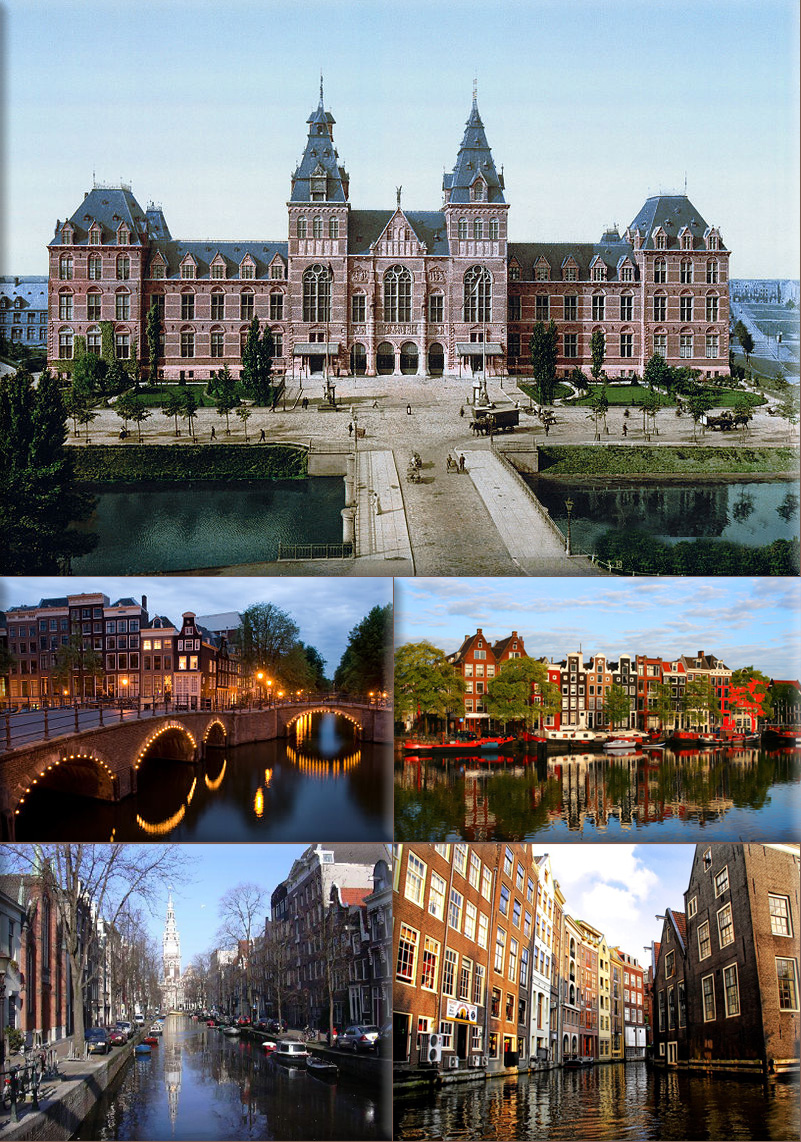
The international arbitration court at The Hague is created when the Senate of the Netherlands ratifies an 1899 peace conference decree.
Wikipedia Image: Front of the Rijksmuseum, 1895; Canals of Amsterdam.
February 6th, 1918
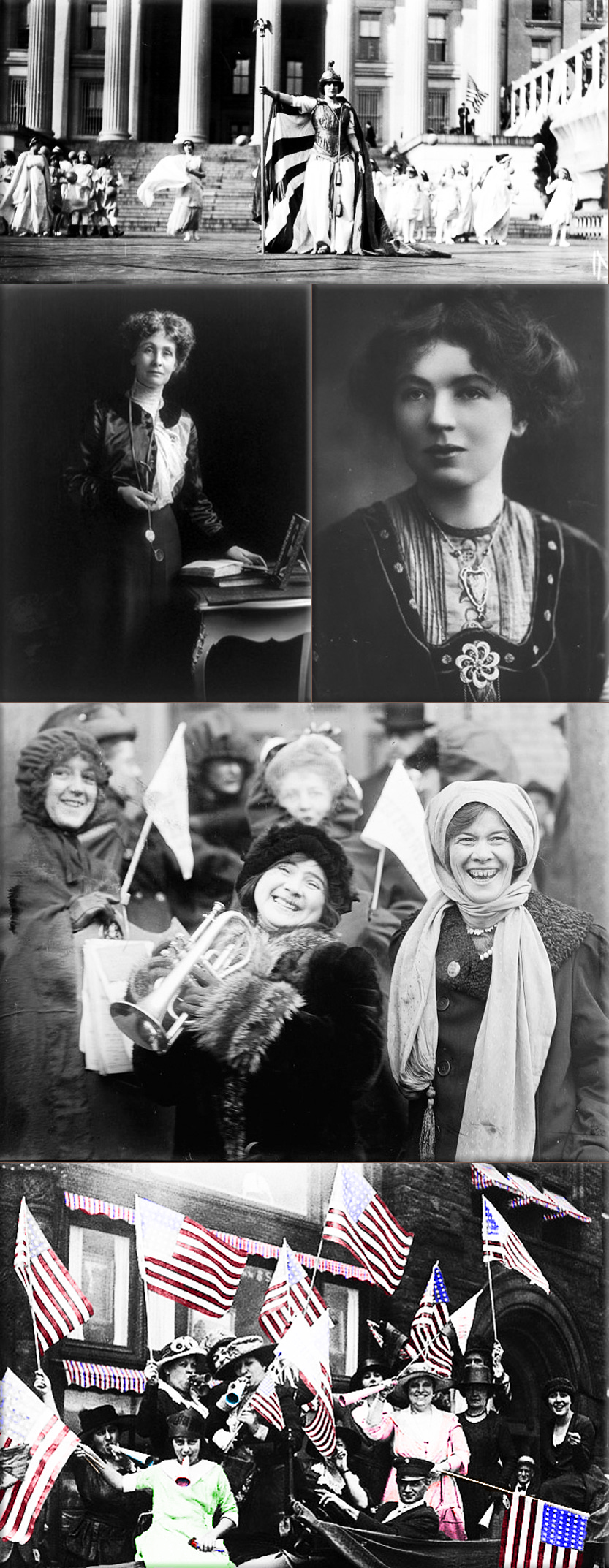
British women over the age of 30 get the right to vote .
Wikipedia Photo: Emmeline Pankhurst (100 Most Important People of the 20th Century) ● Christabel Pankhurst ● Women suffragists demonstrating for the right to vote, February 1913.
February 6th, 1922

Post World War I:
1922 - Washington Naval Treaty: signed in Washington, D.C. limiting the naval armaments of United States, Britain, Japan, France and Italy.
Wikipedia Photo: Trenches on the Western Front; a British Mark IV Tank crossing a trench; Royal Navy battleship HMS Irresistible sinking after striking a mine at the Battle of the Dardanelles; a Vickers machine gun crew with gas masks, and German Albatros D.III biplanes. National Archives and Records Administration.
February 6th, 1933
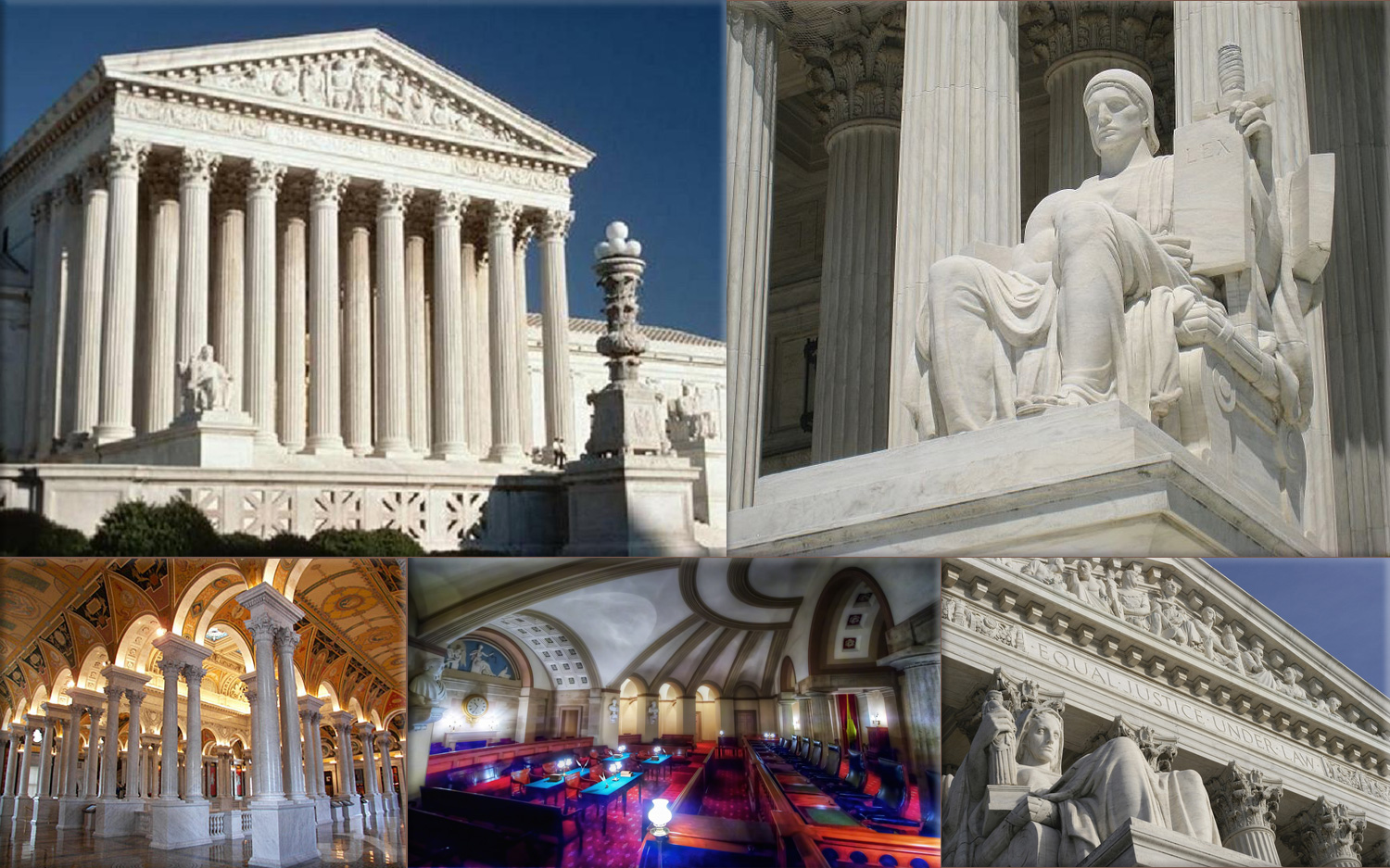
20th Amendment to the United States Constitution, establishing the beginning and ending of the terms of the elected federal offices, goes into effect.
Wikipedia Photo: United States Supreme Court building; Guardian of Law, by James Earle Fraser, US Supreme Court, Washington, DC, USA.
February 6th, 1934
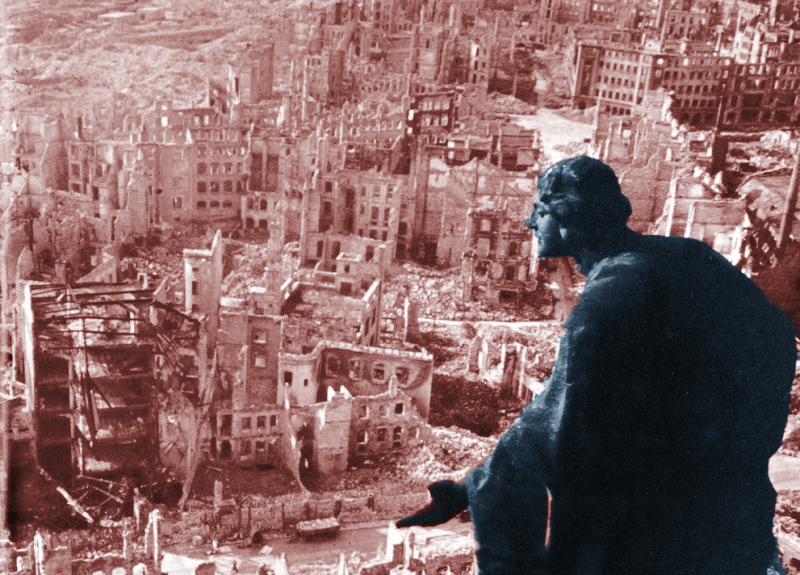

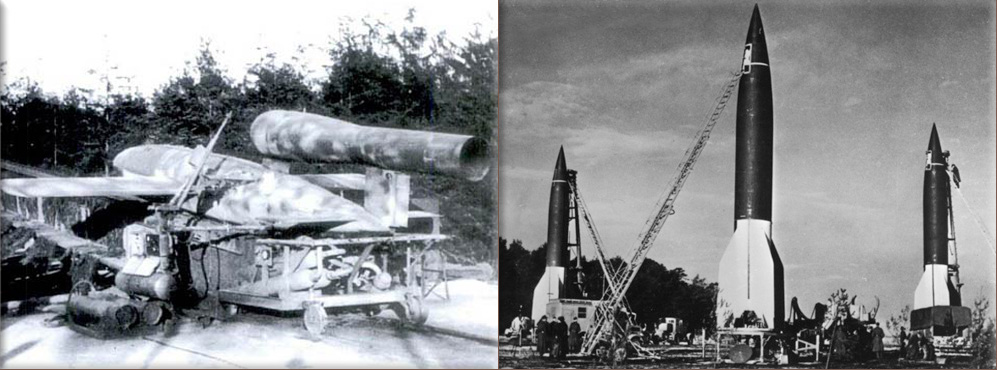
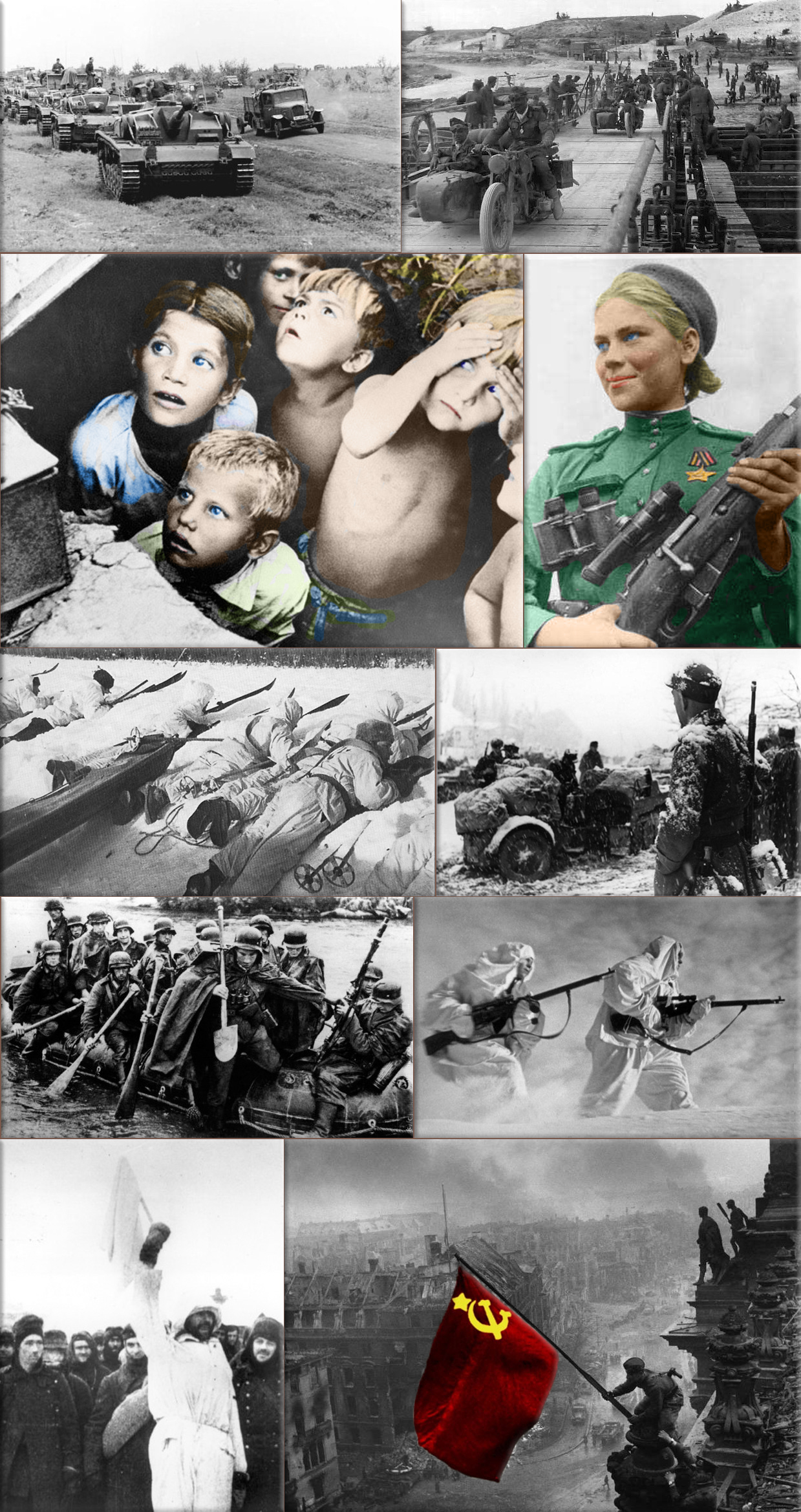
Pre World War II:
1934 - Far right leagues rally in front of the Palais Bourbon in an attempted coup d'état against the French Third Republic, creating a political crisis in France.
World War II:
1942 - The United Kingdom declares war on Thailand.
Wikipedia Photo: Bombing of Dresden in World War II; August Schreitmüller's sculpture 'Goodness' surveys Dresden after a firestorm started by Allied bombers in 1945.
USS Bunker Hill was hit by kamikazes piloted by Ensign Kiyoshi Ogawa and another airman on 11 May 1945. 389 personnel were killed or missing from a crew of 2,600; Ensign Kiyoshi Ogawa, who flew his aircraft into the USS Bunker Hill during a Kamikaze mission on 11 May 1945; Kamikaze Missions - Lt Yoshinori Yamaguchi's Yokosuka D4Y3 (Type 33 Suisei) "Judy" in a suicide dive against USS Essex. The dive brakes are extended and the non-self-sealing port wing tank is trailing fuel vapor and/or smoke 25 November 1944.
German V1 flying-bomb and V2 Rockets - Preparations for a Salvo Launch of V-2 Rockets in the Heidelager near Blizna (Poland) (1944), credit German History in Documents and Images GHDI.
Eastern Front (World War II); Germans race towards Stalingrad. August 1942; Soviet children during a German air raid in the first days of the war, June 1941, by RIA Novosti archive; Soviet sniper Roza Shanina in 1944. About 400,000 Soviet women served in front-line duty units Caucasus Mountains, winter 1942/43; Finnish ski patrol: the invisible enemy of the Soviet Army with an unlimited supply of skis; Men of the German Engineers Corps cross a river which is swollen after the first autumn rains, to strengthen bridges linking the German positions on the central front in Russia. by Keystone / Getty Images. October 1942; Russian snipers fighting on the Leningrad front during a blizzard. Photo by Hulton Archive / Getty Images, 1943; German soldiers surrendering to the Russians in Stalingrad, the soldier holding the white flag of surrender is dressed in white so that there could be no doubt of his intentions, a Russian soldier is on the right of the photograph. by Keystone / Getty Images, January 1943.
February 6th, 1958

Aviation accidents and incidents:
1958 - Munich air disaster; Eight Manchester United F.C. players and 15 other passengers killed.
1991 - Birgenair flight 301; crashed off the coast of the Dominican Republic, all 189 people inside the airplane are killed. This is the worst accident/incident involving a Boeing 757.
Wikipedia Photo: ● Pan AM 747 ● U.S. Airways flight 1549 also known as the "Miracle on the Hudson" navigates an exit ramp near Burlington, New Jersey, June 5, 2011 ● Passengers stand on the wings of a U.S. Airways plane as a ferry pulls up to it after it landed in the Hudson River in New York, Reuters ● US Airways plane crashes into New York Hudson River, Photo: AP
February 6th, 1959
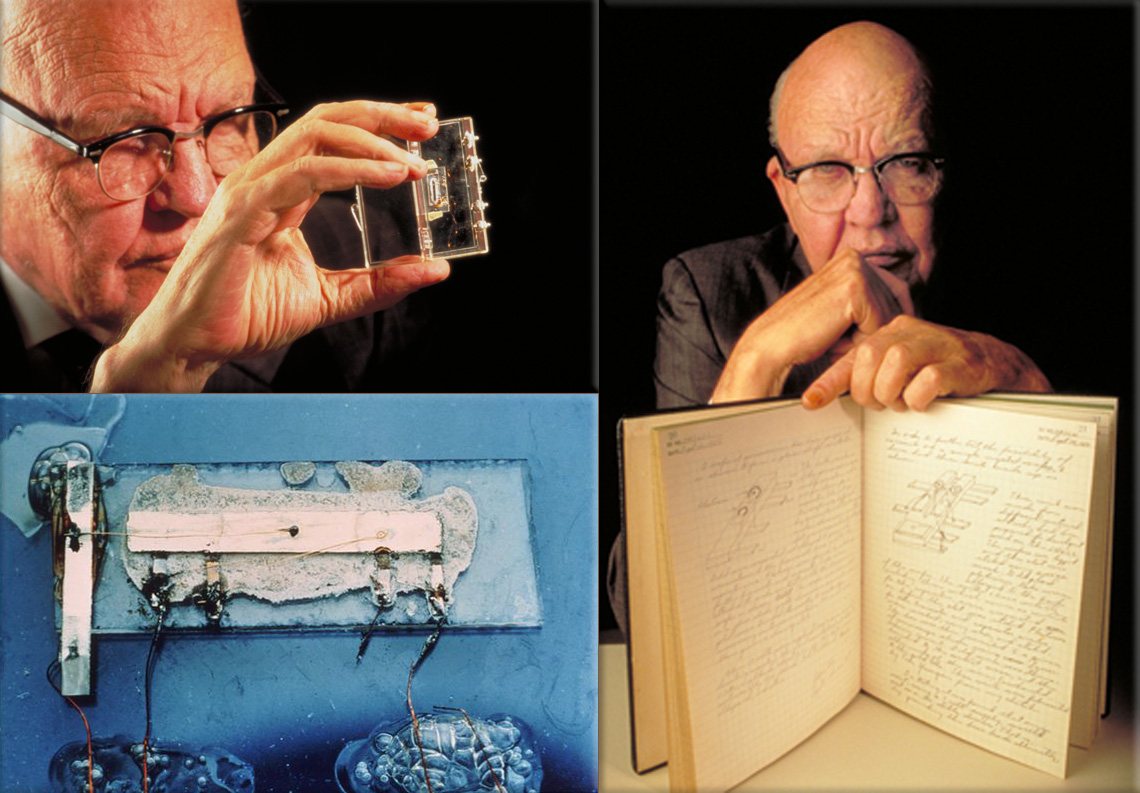
Jack Kilby of Texas Instruments files the first patent for an integrated circuit.
Wikipedia Photo: Jack Kilby ● Jack Kilby's original integrated circuit ● Jack Kilby with his lab notebook open at his first solid circuit drawing.
February 9th, 1959
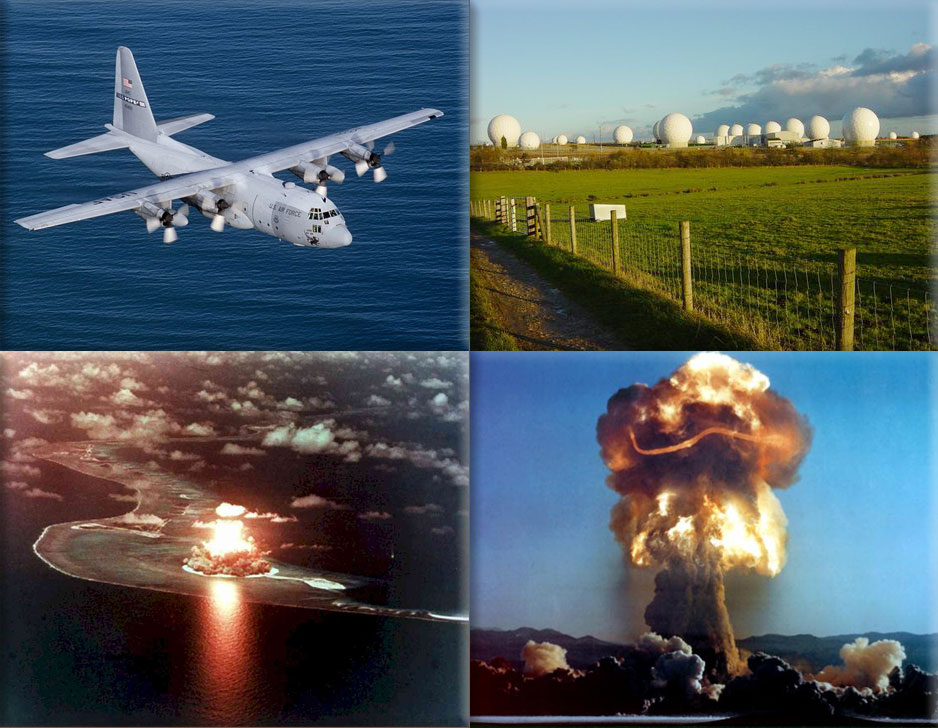
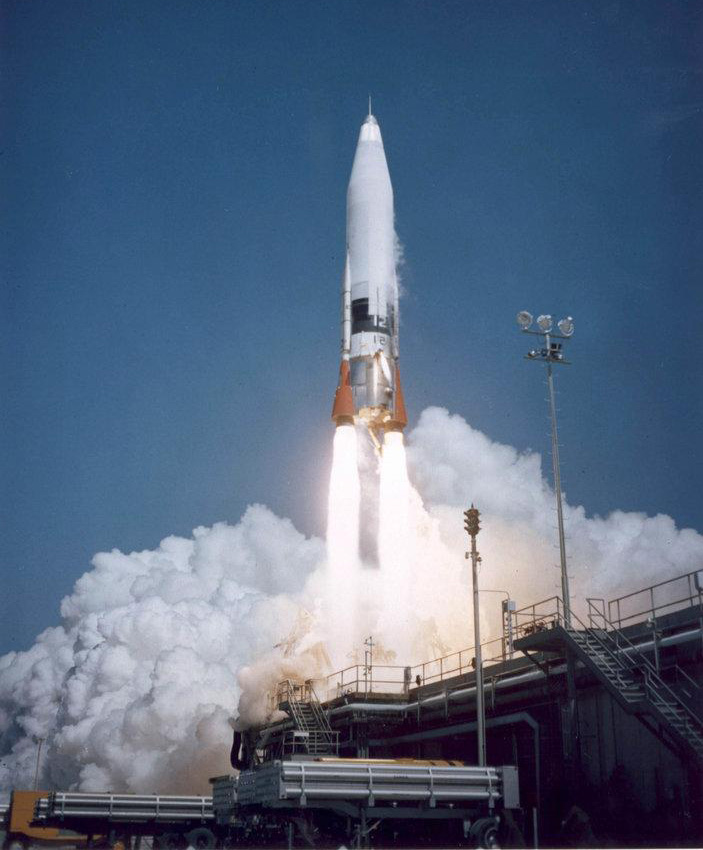
Cold War:
1959 - Cape Canaveral, Florida: The first successful test firing of a Titan intercontinental ballistic missile is accomplished.
Wikipedia Photo: Lockheed C-130 Hercules; RAF Menwith Hill, a large site in the United Kingdom, part of ECHELON and the UKUSA Agreement; New Zealand nuclear test, British nuclear tests near the Malden and Christmas Islands in the mid-Pacific in 1957 and 1958; Nevada nuclear tests, Nevada Division of Environmental Protection Bureau of Federal Facilities.
1958 test launch of an U.S Air Force Atlas Intercontinental Ballistic Missile (ICBM), developed by Lockheed Martin.(U.S. Air Force.
February 6th, 1978
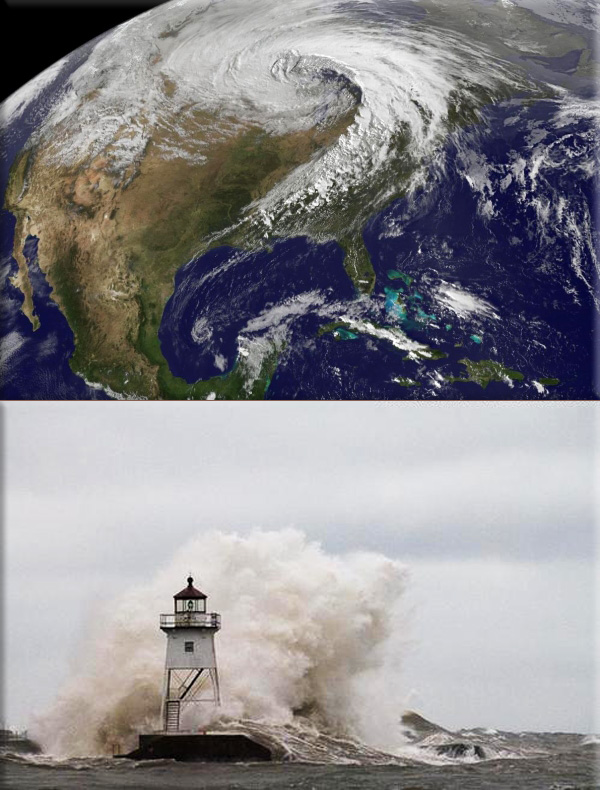
Great Blizzard of 1978, one of the worst Nor'easters in New England history, hit the region, with sustained winds of 65 mph and snowfall of 4" an hour.
Wikipedia Image: Land Hurricane: United States NOAA Satellite; Huge wave slams the lighthouse on Grand Marais Harbor credit, Minnesota.publicradio.org.
February 6th, 1989
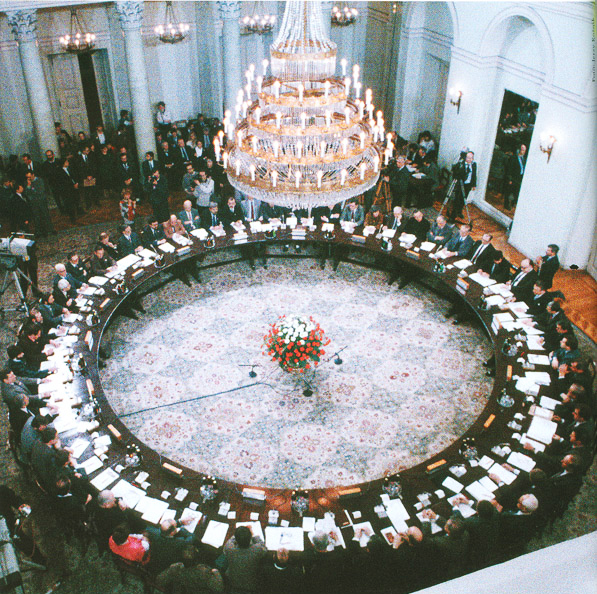
Round Table Talks: start in Poland, thus marking the beginning of overthrow of communism in Eastern Europe.
Wikipedia Photo: Round Table negotiations.
February 6th, 2000
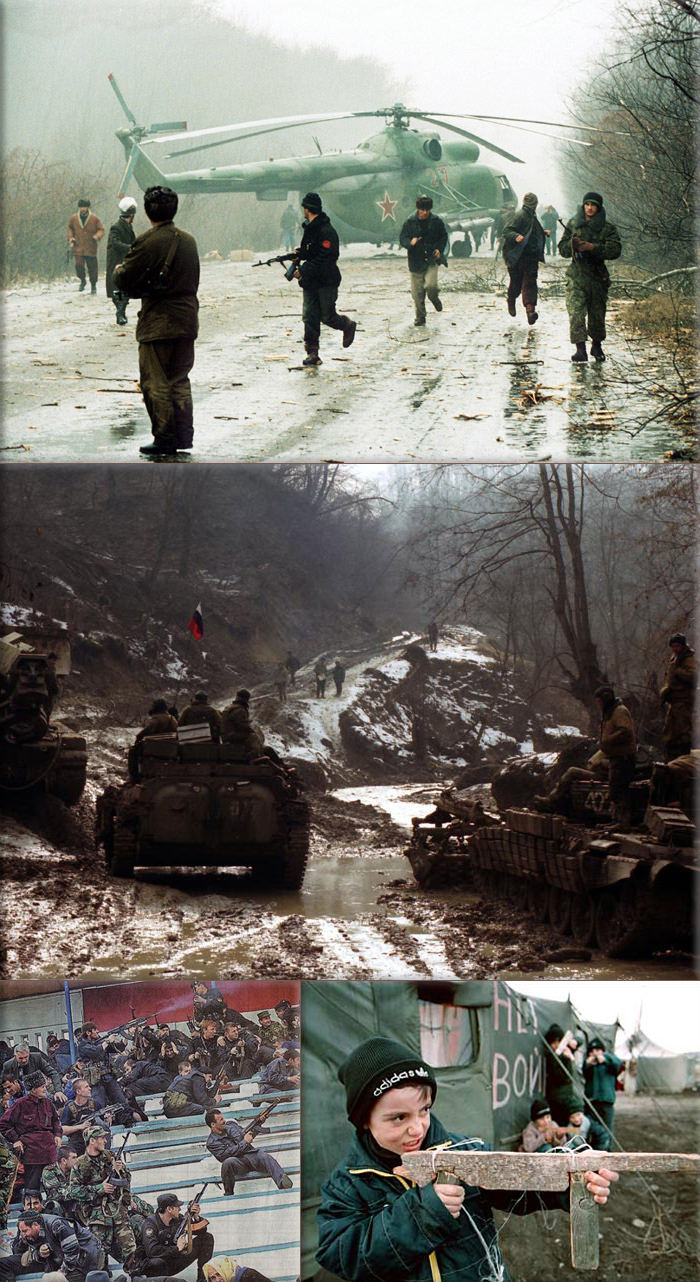
Chechen War:
Battle of Grozny; Russian captures Grozny, Chechnya, forcing the separatist Chechen Republic of Ichkeria government into exile.
Wikipedia Photo: Chechen_War: War in Chechnya, was a conflict between the Russian Federation and the Chechen Republic of Ichkeria (Chechen guerrilla warfare and raids on the flatlands vs Russia's overwhelming manpower, weaponry, and air support); Russian Mil Mi-8 helicopter brought down by Chechen fighters near the capital Grozny in 1994; Second Battle of Grozny; Battle of Grozny, Russian federal forces attempted to seize control of the mountainous area of Chechnya but were set back by Chechen guerrilla warfare and raids; Chechen little boy with makeshift wooden rifle.
